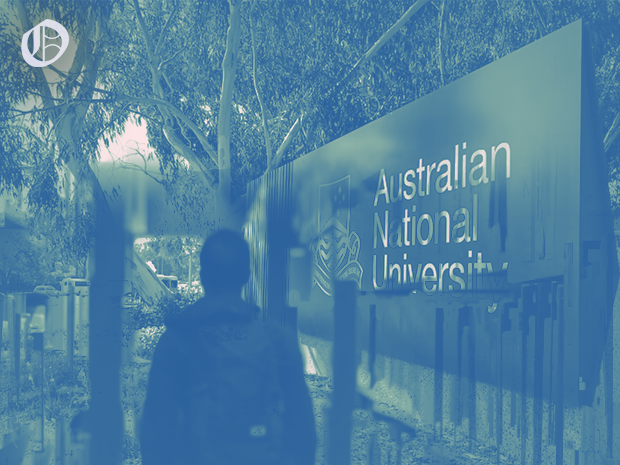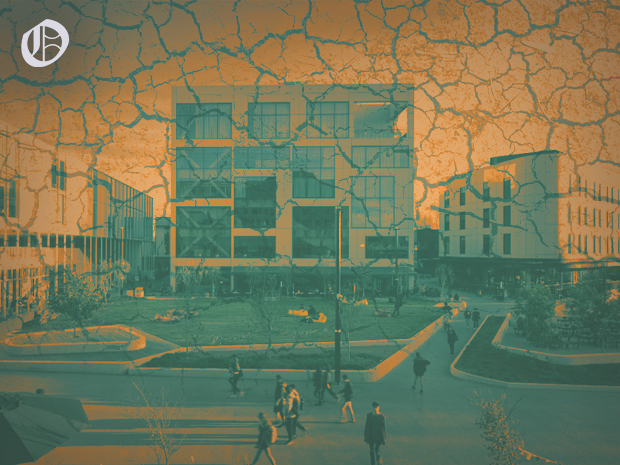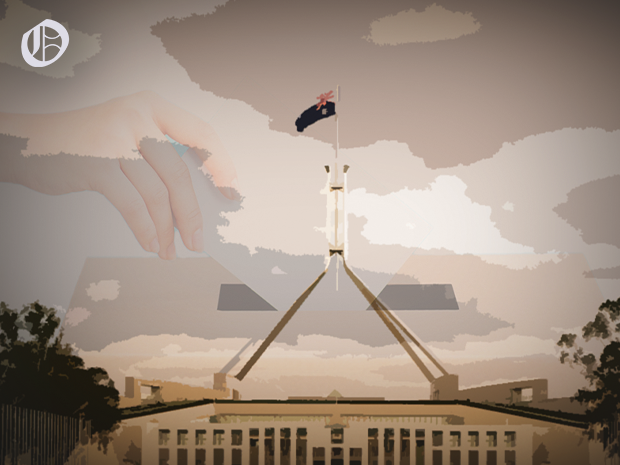ANU Found to Have Lowest Proportion of Low Income Students in the Country.

According to 2022 Higher Education Statistics, ANU has the lowest proportion of low socio-economic status (SES) students in the country.
The national average of universities’ percentage of low SES students is currently 16.22%. The universities with the highest proportion of low SES students had up to 43%, with the University of Southern Queensland at 34%, the University of New England 30.3% and CQ with the highest rate of low SES enrolment at 43%. With only 3.4% of its students coming from low SES backgrounds, ANU has the lowest rate in Australia.
In the 2022 commencing undergraduate students, approximately 211 of the 4,856 person cohort were considered low SES. Low SES is measured through an individual’s residential address postcode. The Australian Bureau of Statistics measures a series of indexes from census data on income, occupation and education to derive socio-economic standings by area; the bottom 25% are deemed low SES.
While ANU has pointed to Canberra’s high proportion of high-income residents as the cause of these figures, ANUSA President Phoenix O’Neil blames “prohibitively high rent for the majority of residential halls and a lack of financial support from ANU” for ANU’s ranking.
ANU is no stranger to criticism for prohibitively rising costs as residential hall fee hikes have been criticised as a financial barrier for students coming to ANU.
In July of 2022, ANU published Low-SES Student Experience Report and Recommendations. The report identified that key barriers to low SES students at the university included “lack of, or limited, financial support over the course of the degree program, both in terms of support available and value of said support” as well as “costs associated with applying to, and attending university”.
An ANU spokesperson said to Canberra news site Riotact earlier this year that “Any student who has the desire and the marks to study at ANU is welcome at our university. [It] has a range of initiatives in place to enrol and support students from low SES backgrounds, including 18 equity scholarships with a value of more than $1.2 million.”
By Sophie Felice
Graphics by Annisa Zatalini.









